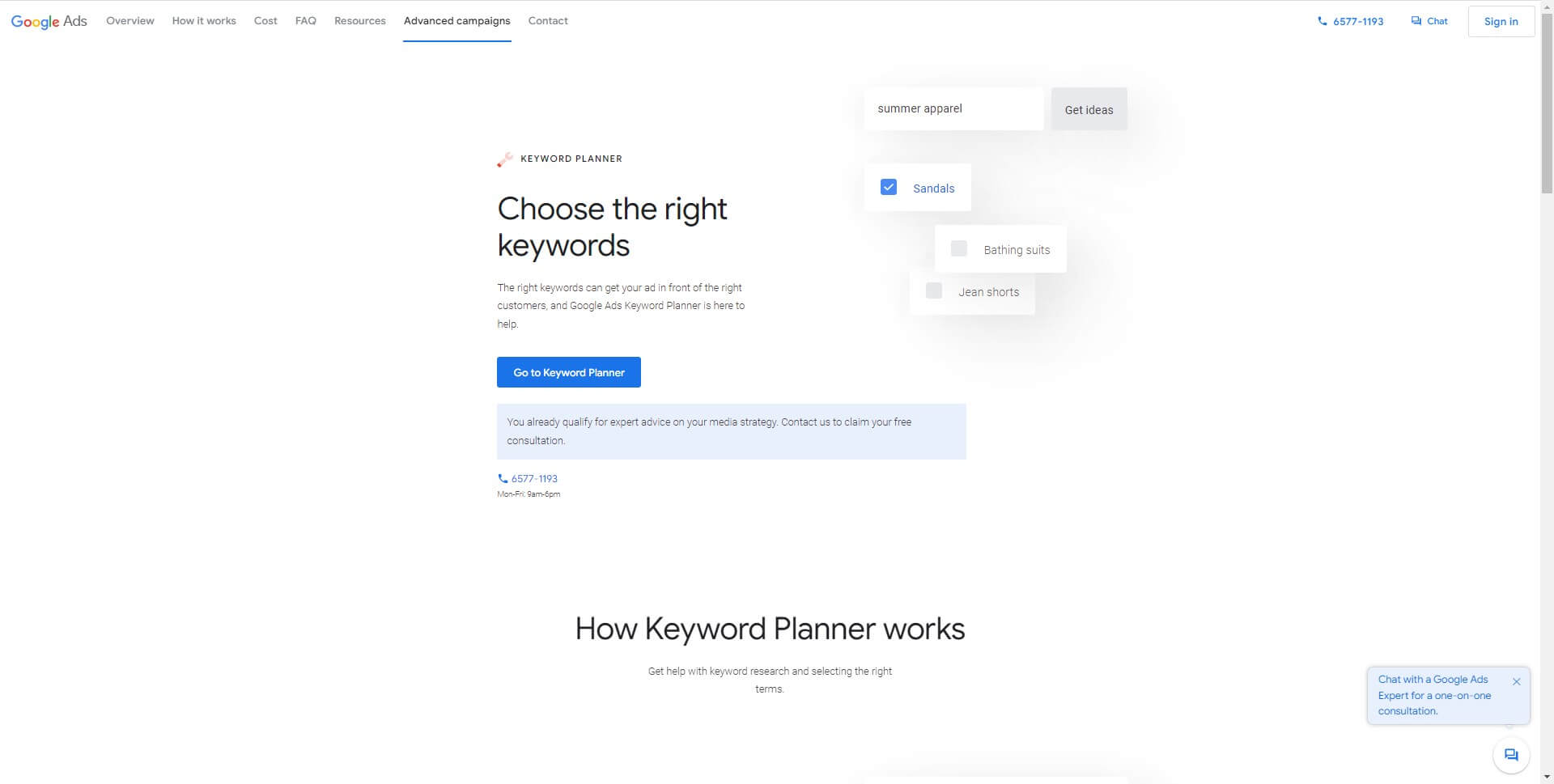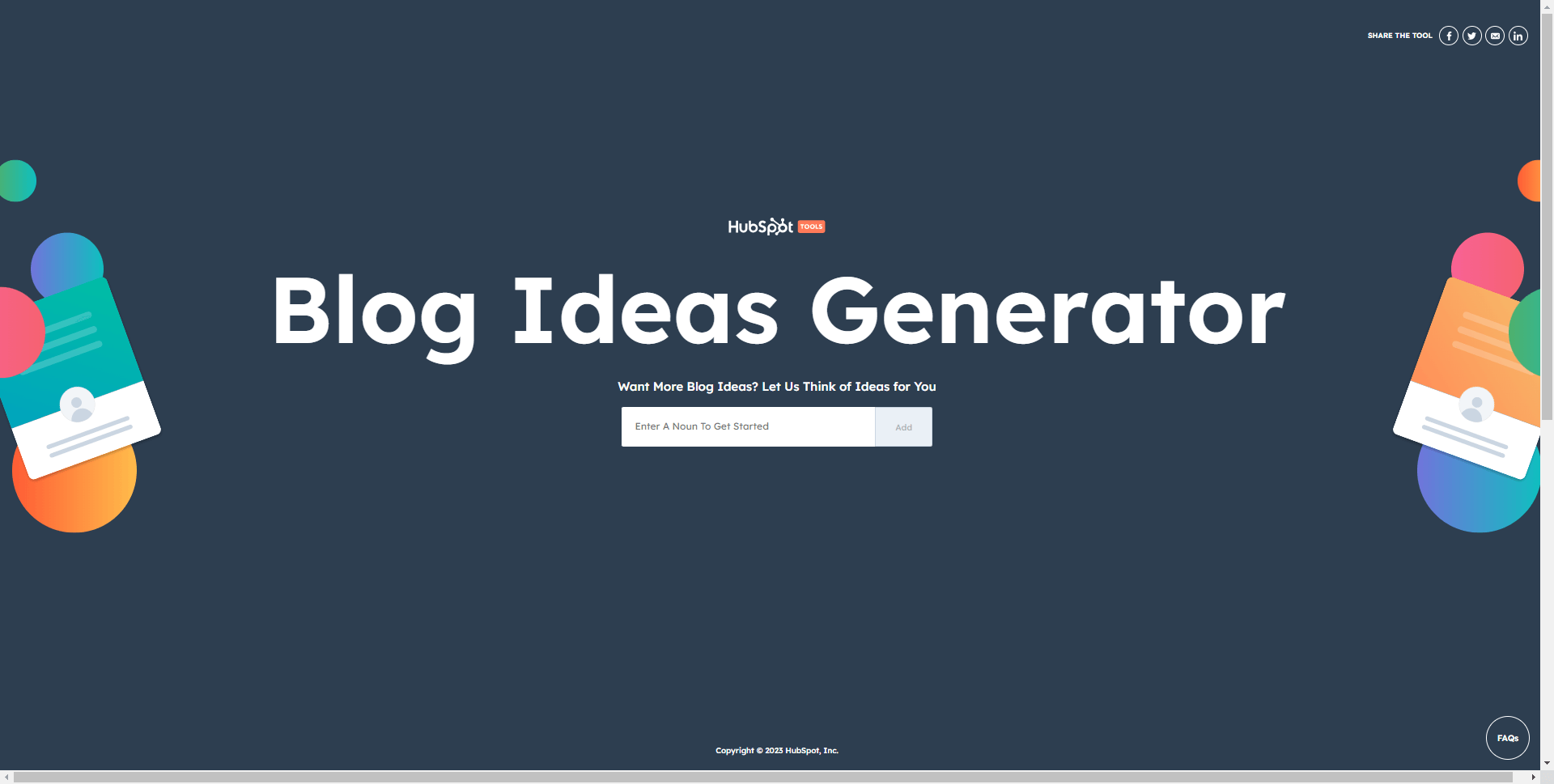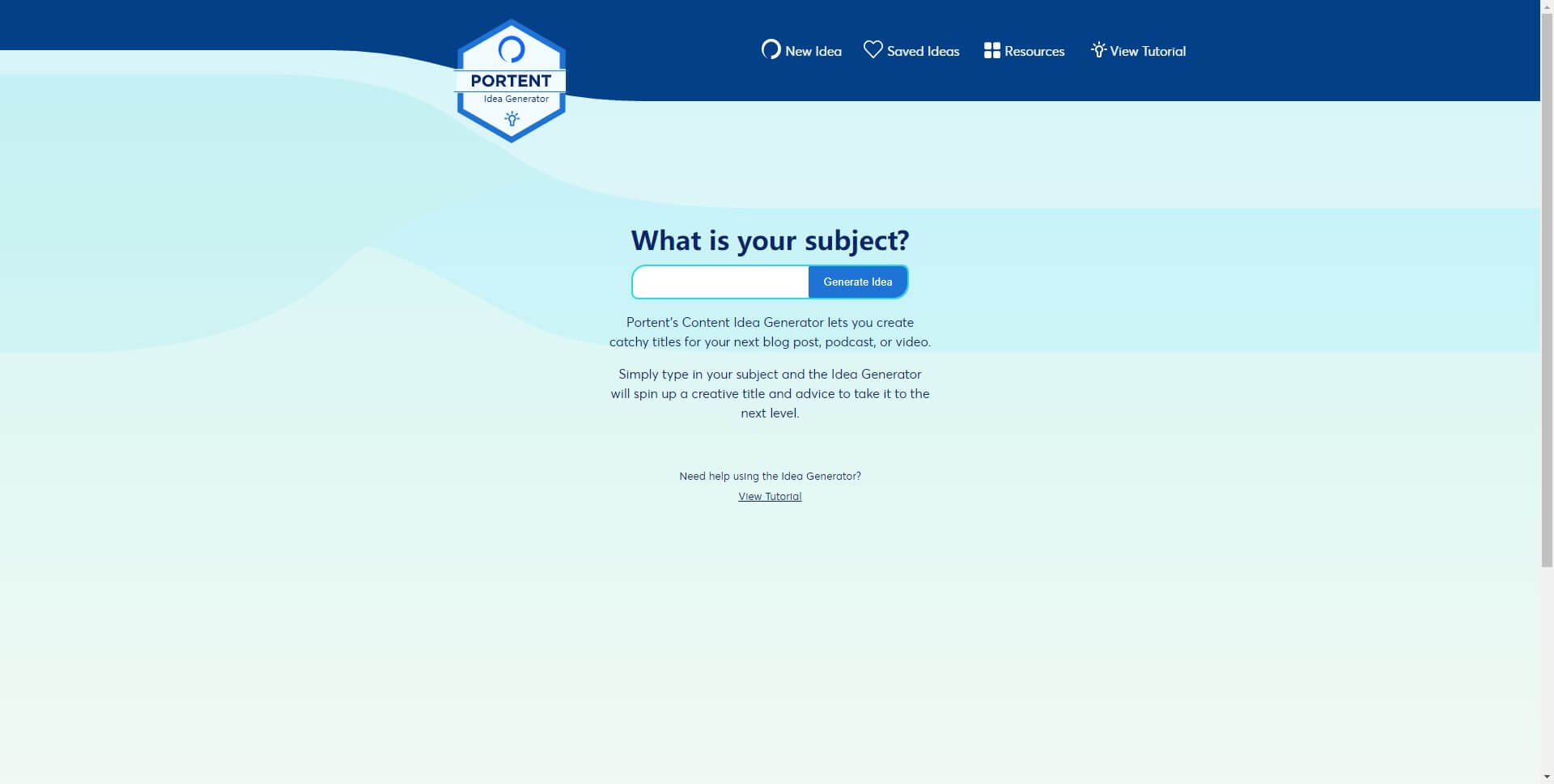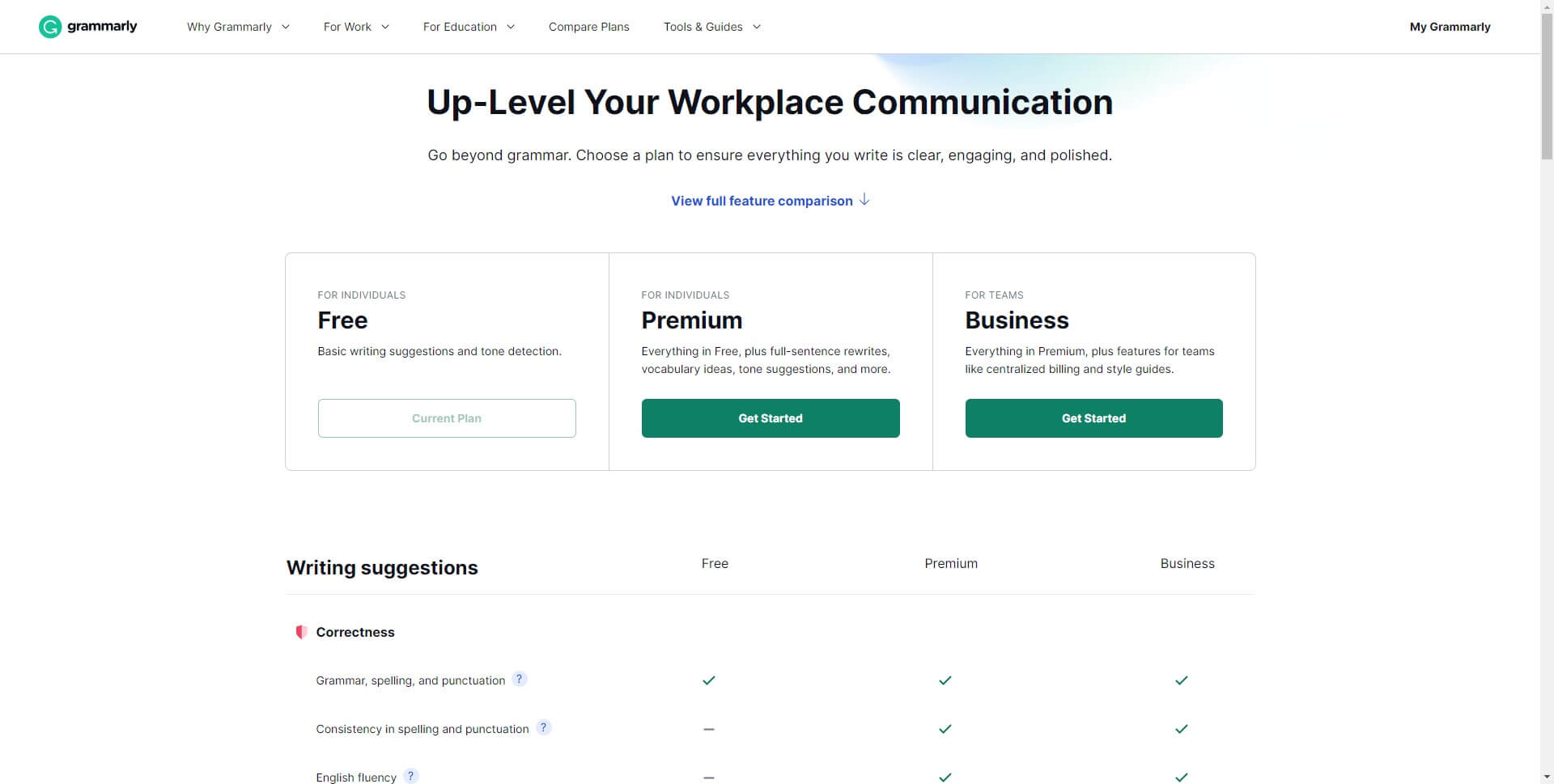The Complete Guide: Blog Post Checklist for Success
Category: Web Design

12 mins read
Are you tired of publishing blog posts only to find that they don't get the attention they deserve? Look no further! In this article, we'll equip you with the ultimate blog post checklist that will revolutionize your writing process. Whether you're a seasoned blogger or just starting out, these essential tips and techniques will ensure your content is captivating, optimized, and ready to make an impact. Get ready to take your blog to new heights!
In this article:
- Your Complete Blog Post Checklist
- 1. Exploring trending topics and relevant keywords
- 2. Utilizing tools for keyword research and topic generation
- 3. Identifying the needs and preferences of your readers
- 4. Tailoring your content to resonate with your target audience
- 5. Compelling Headline and Introduction
- 6. Using Clear and Organize d Structure
- 7. Creating Engaging Content
- 8. Optimizing On-Page SEO Elements
- 9. Pay attention to Keyword Placement and Density
- 10. Readability and Formatting
- 11. Proofreading and Editing
- 12. Adding Visual Elements
- 13. Call to Action and Social Sharing
- 14. Formatting for Web
- 15. Publishing and Promoting
Your Complete Blog Post Checklist
1. Exploring trending topics and relevant keywords
When starting your research, keep your finger on the pulse of what's currently captivating readers and dominating online discussions. Exploring trending topics enables you to tap into the existing interest and engage your audience more effectively. Pay attention to social media trends, industry news, and popular blogs to gain insights into what people are talking about.
In addition to trending topics, keywords play a pivotal role in enhancing your blog post's visibility in search engine results. Think of keywords as the compass that directs readers to your content. To identify relevant keywords, put yourself in your audience's shoes and consider the terms they would use to search for information on your topic. For instance, if you're writing about healthy eating, keywords like "nutrition tips," "balanced diet," or "healthy recipes" could be potential gems to include in your article.
2. Utilizing tools for keyword research and topic generation
Keyword research tools like Google Keyword Planner, SEMrush, or Moz's Keyword Explorer are invaluable resources for uncovering high-performing keywords. These tools allow you to explore search volume, competition, and related keywords, helping you make informed decisions when optimizing your blog post for search engines.





3. Identifying the needs and preferences of your readers
First and foremost, take the time to put yourself in the shoes of your readers. Imagine who they are, what challenges they face, and what information they are seeking. Consider their demographics, such as age, gender, location, and interests. This will help you develop a clearer picture of the individuals you want to reach. Additionally, think about their pain points and aspirations. What are the problems they are trying to solve? What goals are they striving to achieve?
Another effective method for identifying your readers' needs is conducting research. Reach out to your existing audience through surveys, polls, or even direct conversations. Ask them about their preferences, the topics they would like to see covered, and the format they find most engaging. Listen to their feedback and use it to guide your content creation process. Moreover, analyze the comments and interactions on your blog or social media platforms.
4. Tailoring your content to resonate with your target audience
Once you have a clear understanding of your target audience's needs and preferences, it's time to tailor your content to resonate with them. Here are some tips to help you achieve that:
- Use language and tone that your target audience can relate to:
- Focus on addressing the specific challenges and pain points your readers are facing:
- Incorporate storytelling elements into your content:
- Utilize visuals and multimedia to enhance your content:
Avoid jargon or complex terms that might alienate or confuse them. Instead, aim for a conversational tone that feels friendly and approachable. This will help establish a connection and make your readers feel like you understand them.
Offer practical solutions, helpful tips, or expert advice that they can implement in their own lives. By providing valuable and actionable information, you position yourself as a trusted source of guidance and support.
Humans are naturally drawn to narratives, and storytelling can help you convey your message in a more engaging and memorable way. Share personal anecdotes, case studies, or success stories that resonate with your target audience's experiences and emotions.
People are visual creatures, and incorporating images, videos, or infographics can make your blog posts more appealing and shareable. Visual content can also help simplify complex concepts and increase comprehension.
5. Compelling Headline and Introduction
- Creating attention-grabbing headlines with relevant keywords:
- Writing captivating introductions to hook readers:
Start by brainstorming keywords that are relevant to your content and that people are likely to search for. These keywords should reflect the main topic or idea of your blog post. Once you have a list of relevant keywords, craft a headline that is both attention-grabbing and informative.
To make your headline even more compelling, consider incorporating power words or action verbs that evoke emotions or curiosity. Words like "ultimate," "essential," "unveiling," or "revealing" can pique readers' interest and make them eager to explore what lies within your post. Additionally, using numbers or intriguing statistics can make your headline more specific and compelling. For example, "5 Proven Strategies to Boost Your Productivity" or "Discover the Shocking Truth About Healthy Eating."
After captivating readers with your headline, it's crucial to follow up with an introduction that keeps them hooked. Your introduction should provide a sneak peek into the value your blog post offers and why readers should continue reading. One effective technique is to start with a compelling question or a thought-provoking statement that relates to your content. This instantly engages readers' curiosity and encourages them to seek answers or insights within your post.
Another approach to crafting captivating introductions is by telling a relatable story or sharing a personal experience. By connecting with readers on an emotional level, you establish a rapport and make them feel more invested in your content. Additionally, consider providing a concise overview of the main points you'll be covering in your blog post. This gives readers a clear idea of what to expect and entices them to explore further to gain valuable knowledge or insights.
6. Using Clear and Organized Structure
- Utilizing headings, subheadings, and bullet points for readability:
- Ensuring logical flow and coherence throughout the post:
Headings and subheadings act as signposts within your blog post, guiding readers through your content and helping them navigate the key ideas and sections. They provide a visual hierarchy that allows readers to quickly scan the article and identify the information they are seeking. When writing headings and subheadings, it's important to use clear and descriptive language that accurately reflects the content beneath them. This helps readers understand the main points of each section without having to read every word, making your content more user-friendly.
Bullet points are an excellent tool for breaking down complex information into concise and easily digestible chunks. They allow you to present key ideas, tips, or steps in a format that is visually appealing and reader-friendly. Bullet points help readers grasp the main takeaways from your post at a glance, making it easier for them to remember and apply the information later. When using bullet points, keep them short, succinct, and consistent in style to maintain a sense of organization and clarity.
A well-structured post should have a logical progression of ideas, with each paragraph smoothly transitioning into the next. This creates a seamless reading experience and keeps readers engaged from start to finish. To achieve this, it's important to plan your content outline before writing and consider how each section connects to the overarching theme or topic.
Maintaining coherence also involves using appropriate transitions and linking words between paragraphs and sections. Words and phrases such as "furthermore," "in addition," "on the other hand," and "in conclusion" help readers understand the relationship between different parts of your blog post. These transitional elements guide readers through your content, ensuring a smooth and logical flow of information.
7. Creating Engaging Content
- Incorporating storytelling, examples, and anecdotes to captivate readers:
- Making your content relatable and valuable to your audience:
Storytelling has an innate power to ignite emotions and connect people. Imagine taking your readers on a journey through relatable experiences, where they can identify with the struggles, triumphs, and lessons learned. This not only makes your content memorable but also establishes a connection that keeps them coming back for more.
In addition to storytelling, incorporating real-life examples can further enhance the value of your content. By showcasing practical situations or scenarios, you provide your audience with tangible evidence of the concepts you're discussing. These examples act as guideposts, helping readers understand complex ideas in a more accessible manner. Whether it's a case study, a personal experience, or a well-researched example, your readers will appreciate the effort you put into making the information relatable and applicable to their lives.
Anecdotes, those short and captivating narratives, can serve as powerful tools to engage your audience. These bite-sized stories offer a personal touch, allowing readers to connect with your content on an emotional level. Whether it's a funny incident, a touching moment, or an inspiring tale, anecdotes can add a delightful flavor to your writing.
To make your content truly valuable and relatable, it's crucial to understand your audience. Put yourself in their shoes and think about their needs, interests, and pain points. Tailor your content to address those specific areas and provide solutions, insights, or entertainment that resonates with them.
8. Optimizing On-Page SEO Elements
- Optimizing title tags, meta descriptions, and URLs with relevant keywords:
- Utilizing proper heading tags and optimizing image alt text:
Title tags, meta descriptions, and URLs are essential components that search engines consider when ranking your web pages. To optimize them, make sure to include relevant keywords that accurately reflect the content of your page. Crafting compelling and concise title tags and meta descriptions can entice users to click on your link in the search results. Additionally, creating clean and user-friendly URLs that incorporate your target keywords can improve your website's overall SEO.
Heading tags, such as H1, H2, and so on, provide structure to your content and help search engines understand the hierarchy of your information. Incorporating relevant keywords into your headings can enhance your page's relevance. Similarly, optimizing image alt text by adding descriptive keywords not only improves accessibility for visually impaired users but also helps search engines comprehend the context of your images.
9. Pay attention to Keyword Placement and Density
- Strategically incorporating keywords throughout the content:
- Avoiding keyword stuffing and maintaining natural language:
Start by conducting thorough keyword research to identify relevant and high-ranking keywords related to your topic. Incorporate these keywords naturally into your headings, subheadings, and the body of your text.
While it's crucial to include keywords, it's equally important to avoid keyword stuffing. Keyword stuffing refers to the excessive and unnatural use of keywords in an attempt to manipulate search engine rankings. Not only does this harm your SEO efforts, but it also makes your content less enjoyable for readers. Instead, focus on creating high-quality, informative content that provides value to your audience. Write for humans, not just search engines. Incorporate keywords naturally, ensuring that they flow seamlessly within the context of your text.
10. Readability and Formatting
- Using shorter sentences and paragraphs for easy readability:
- Formatting text with bold, italics, and bullet points for emphasis and clarity:
Utilizing shorter sentences and paragraphs can significantly enhance readability. By breaking down complex ideas into bite-sized portions, you make it easier for readers to digest and comprehend your content. Short sentences are concise and to the point, providing clarity and preventing readers from getting lost in lengthy explanations. Similarly, structuring your blog post with well-organized paragraphs creates a visually appealing format that encourages readers to keep going. The use of appropriate subheadings can further enhance the flow and accessibility of your article.
Formatting plays a vital role in guiding readers' attention and emphasizing key points. Bold text can be used to highlight important concepts, keywords, or key takeaways, making them stand out from the rest of the content. Italics, on the other hand, can be effective for adding emphasis to specific words or phrases, providing a subtle but impactful visual cue. Bullet points are valuable for presenting lists or summarizing key ideas concisely, allowing readers to quickly scan through information.
11. Proofreading and Editing
- Checking for grammar, spelling, and punctuation errors:
- Ensuring proper sentence structure and overall coherence:
Grammar, spelling, and punctuation errors can unintentionally alter the meaning of your sentences and confuse your audience. That's why it's essential to thoroughly check for these mistakes during the editing process. You can use tools like Grammarly to check for grammar, spelling, and punctuation errors.

Ensuring proper sentence structure allows your ideas to flow seamlessly, providing a clear and logical progression for your readers. Coherence ties your thoughts together, making your content easy to follow and comprehend.
During the editing phase, take the time to review each sentence and paragraph, ensuring they contribute to the overall message and purpose of your blog post. This careful examination will help you identify any gaps or inconsistencies that need to be addressed.
12. Adding Visual Elements
- Incorporating relevant images, videos, and infographics to enhance the post:
- Optimizing images with appropriate alt text and file names:
When selecting visual elements, it is important to ensure they are closely related to the content of your post. Well-chosen images, videos, and infographics not only make your blog post visually appealing but also help to convey your message more effectively. For instance, if you're writing a recipe blog post, including mouthwatering images of the final dish can instantly entice readers and make them eager to try the recipe themselves.
Adding appropriate alt text and file names to your images helps search engines understand the context and relevance of the visual content. Alt text provides a textual description of the image, which can be helpful for visually impaired readers and improves accessibility. Additionally, using descriptive file names that reflect the content of the image can contribute to better search engine rankings.
13. Call to Action and Social Sharing
One way to encourage reader engagement is through thoughtful and thought-provoking content. By providing valuable information, asking open-ended questions, and sharing personal experiences, you can spark interest and encourage readers to leave comments. Be responsive and engage with your audience, fostering a sense of community and building relationships.
Another effective strategy is to make it easy for readers to share your content. Including social sharing buttons throughout your blog post allows readers to effortlessly distribute your content across various social media platforms. This enables your message to reach a wider audience and increases the likelihood of your post being shared and discovered by new readers.
Additionally, consider integrating subscription options into your blog post. Offering readers the opportunity to subscribe to your blog ensures that they receive updates on new content directly to their inbox. This not only helps to keep readers engaged but also provides a convenient way for them to stay connected and up-to-date with your latest posts.
14. Formatting for Web
- Previewing the post to ensure proper formatting on different devices:
- Adjusting font sizes, line spacing, and overall aesthetics:
Before hitting that publish button, it is crucial to preview your blog post across different devices. The diverse range of devices used to access content requires careful consideration of how your post will appear on various screen sizes.
Choosing an appropriate font size ensures that your text is easily legible on both desktop and mobile devices. It is important to strike a balance - the font size should be neither too small, causing strain on the reader's eyes, nor too large, resulting in excessive scrolling. Adjusting the font size based on the device being used can greatly enhance the user experience.
Line spacing also contributes to the readability of your blog post. Adequate line spacing prevents text from appearing cramped and makes it easier for readers to follow along. Experimenting with different line spacing options can help you strike the right balance between readability and efficient use of screen space.
Lastly, considering the overall aesthetics of your blog post is crucial. A visually pleasing layout can greatly impact a reader's engagement and retention. Along with font sizes and line spacing, pay attention to the overall design, such as utilizing headings, subheadings, bullet points, and images to break up the text and make it visually appealing.
15. Publishing and Promoting
- Uploading the finalized post to your blogging platform:
- Promoting the post through various channels (social media, email newsletters, etc.):
Once you've finalized your post, the first step is to upload it to your blogging platform. This is where your thoughts and ideas take shape, transforming into a visually appealing and reader-friendly format. Whether you're using WordPress, Blogger, or another platform, the process usually involves a few simple clicks to import your content, format it, and add relevant images. Double-checking for any formatting or grammatical errors before hitting that publish button is crucial to maintain a professional appearance.
However, publishing alone won't guarantee visibility. To get your blog post noticed, you need to actively promote it through various channels. Social media platforms like Facebook, Twitter, and Instagram offer fantastic opportunities to share your content with your followers and attract new readers. Craft attention-grabbing captions, include captivating visuals, and encourage audience engagement through likes, shares, and comments.
Another powerful promotional tool is email newsletters. If you have a subscriber base, utilize it to its full potential. Craft a compelling email highlighting the key points of your blog post, and provide a clear call-to-action that leads readers directly to your website. Don't forget to optimize your email subject line to pique curiosity and increase open rates.
Conclusion
In this comprehensive blogging checklist, we've covered everything you need to know to create compelling content that stands out in the saturated blogosphere. From crafting attention-grabbing titles to promoting it through various channels, we've got you covered. Remember, publishing is just the beginning – effective promotion is key to gaining visibility and attracting readers. So, make use of social media platforms, engage your email subscribers, and watch your blog post soar to new heights of success.





















